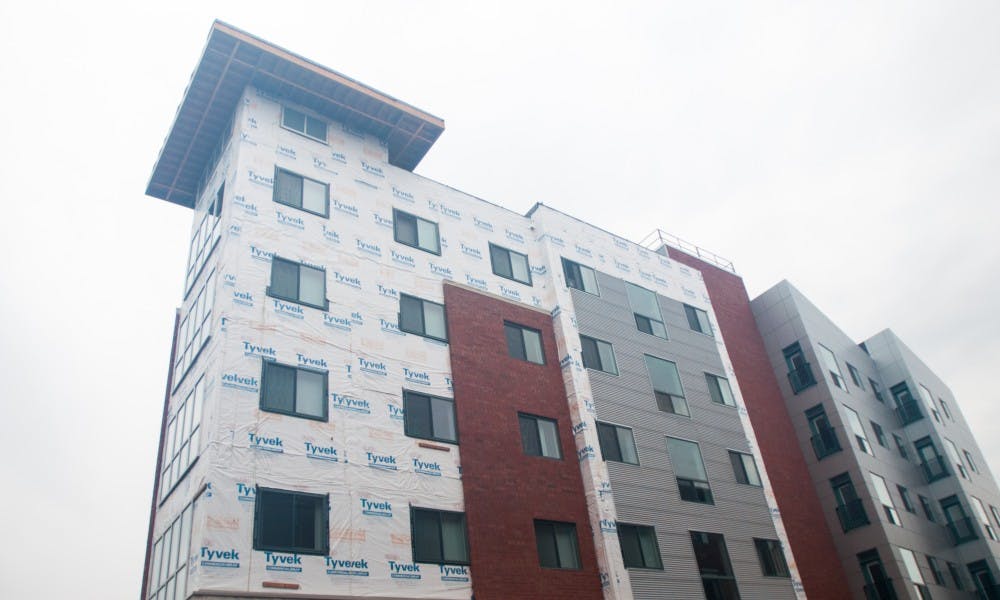While summer is a time of relaxation and peace for many students, it is also the time when new data regarding the cost of living around the state of Michigan are released. As unexciting as this may sound, this data shows how life in East Lansing compares to the rest of the state. In simple: are people paying more or less than average, and why is that?
Rent is the largest expense for off-campus students and the quickest indication to the well-being of a city.
In East Lansing, the average price for a one bedroom apartment is $725 per month. Just in 2011, the rent for the same one bedroom apartment was $477. Considering that the value of the real estate has not drastically increased over the past 6 years, these numbers actually show that East Lansing is following the growth trend of the country and therefore is not an abnormality.
This fact is also mirrored by the yearly statistics released by the US Census Bureau and the Bureau of Labor Statistics.
After the 2008 recession, the Lansing and East Lansing area was faced with serious challenges. The unemployment rate was at 12.8 percent at its peak in July 2009, a 107% percent increase from Jan. 2008’s rate of 6.1 percent.
However, as of March 2017 the unemployment rate is down to 3.7%. Local employment has been on a rise, with some fluctuations, since 2011.
Although numerically this growth is good for the city, it often comes with a perception of increased prices.
“Let me tell you, the rent is too damn high,” geographic information science junior Kyle MacLean said. “Food, toothpaste, linens, all types of things are too expensive nowadays.”
This perception however is not entirely real. It is true that food and other necessities have increased in prices in the past few year, however they remain about 6 points below the national average. This means that for every $100 that are spent nationally on food, in East Lansing people are paying $6 less. East Lansing residents also pay $15 less for every $100 spent nationally on housing, but also pay $4 more for every $100 spent on healthcare.
Media and information sophomore Amela Fili said her cost of living has gone up, but the prices of food and other necessities have remained stable.
“Tuition is more expensive, and that stops me from being able to afford places I live in,” Fili said.
Support student media!
Please consider donating to The State News and help fund the future of journalism.
Discussion
Share and discuss “By the numbers: East Lansing's cost of living” on social media.







